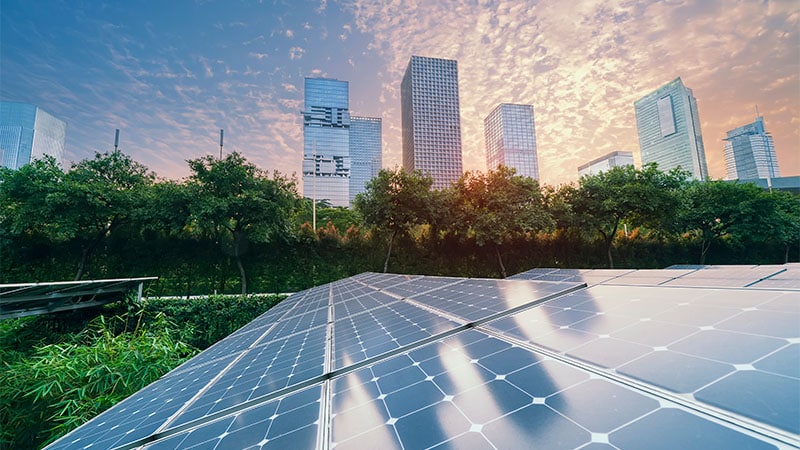The future of the energy sector
Many of the Southeast Asia countries have made great progress in meeting basic energy needs in terms of accessibility, reliability and affordability. There have been initiatives across the region to become greener, smarter and more interconnected – although to varying degree of progress among the Southeast Asia countries. Key challenges to achieving maturity in these domains largely lie in inadequate financial support, regulatory barriers, lack of access to technology, and embrace of traditional primary energy sources.
In order to improve on all the six criteria, the region has stepped up its collaboration efforts with the ASEAN Power Grid initiative. This development of interconnected grid systems will further increase uptake of renewable energy, boost energy security, and facilitate Southeast Asia’s energy transition journey.








